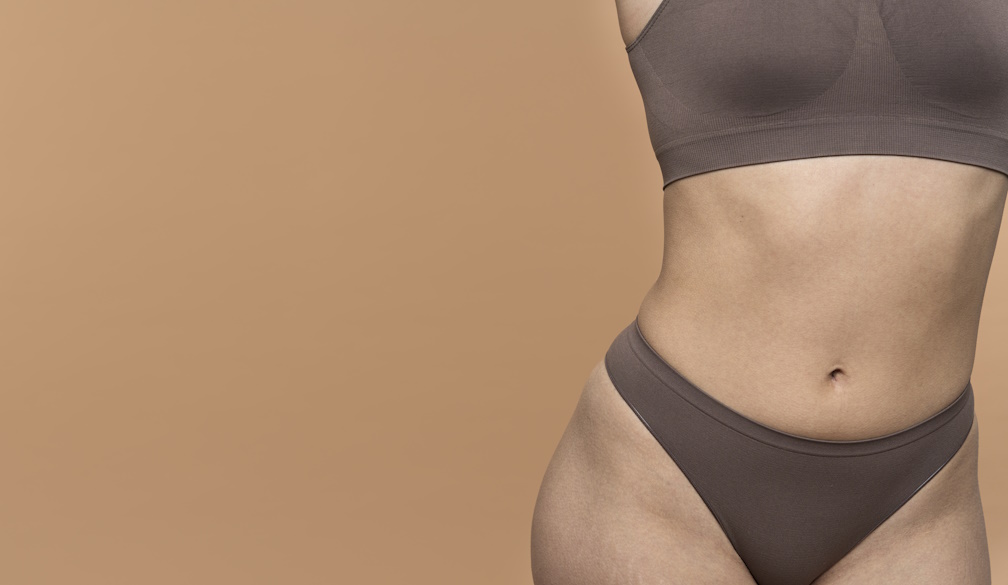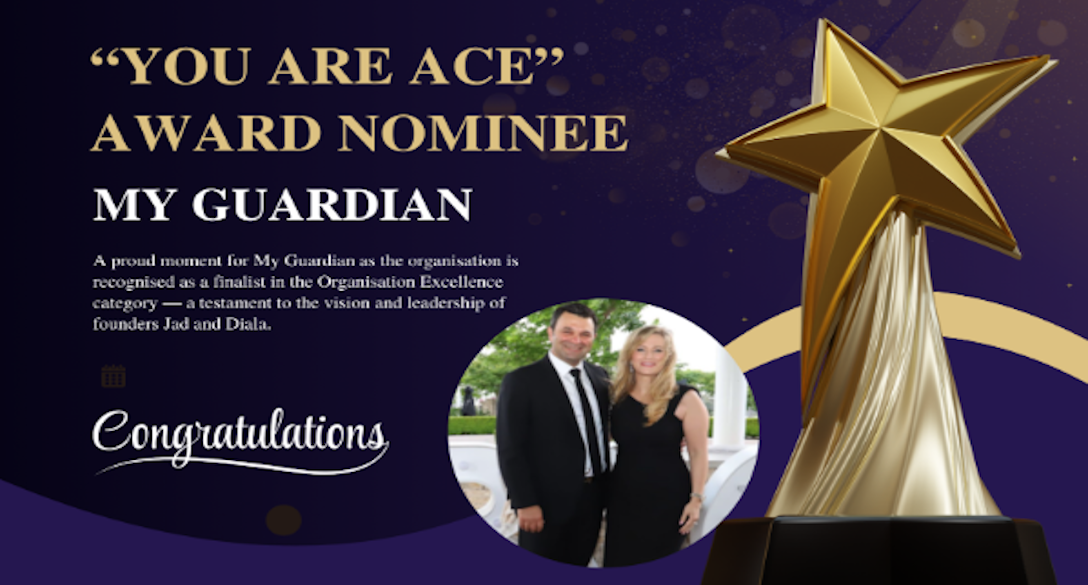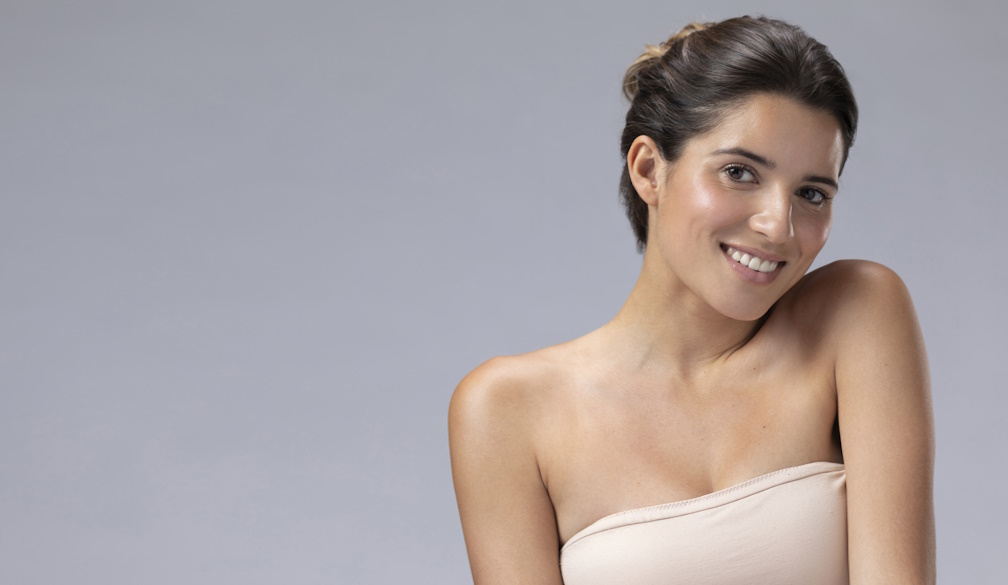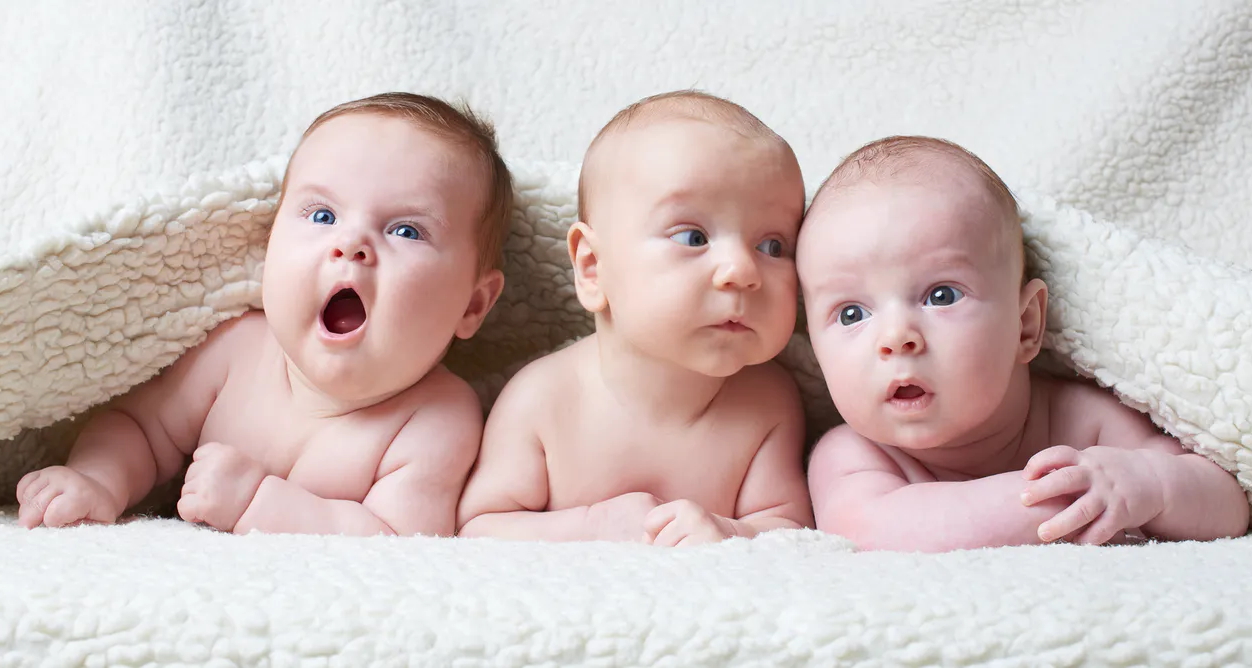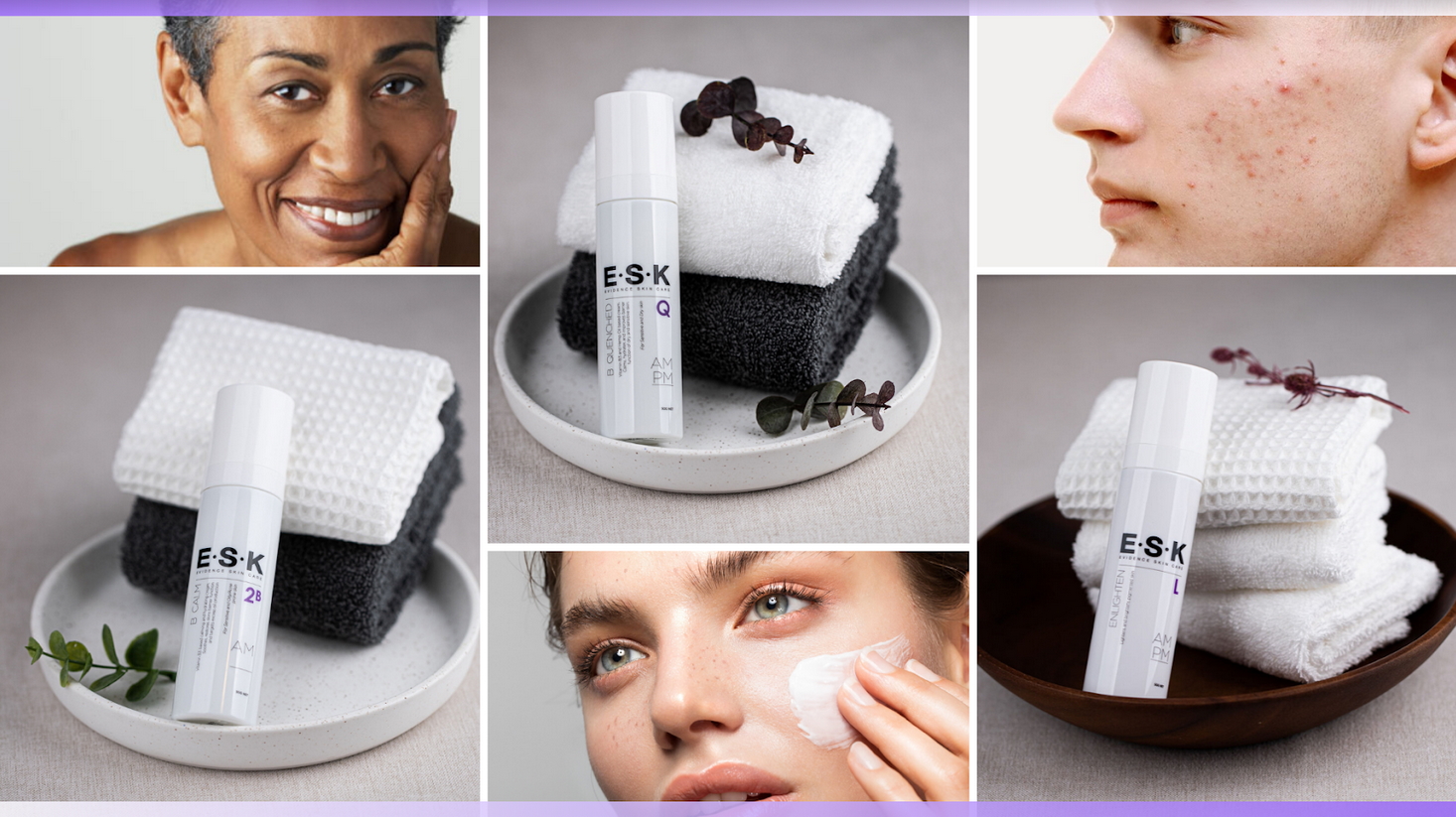Why are we paying so much for alcohol-free drinks that aren't taxed?
- Written by Cameron Shackell, Visiting Fellow, Queensland University of Technology
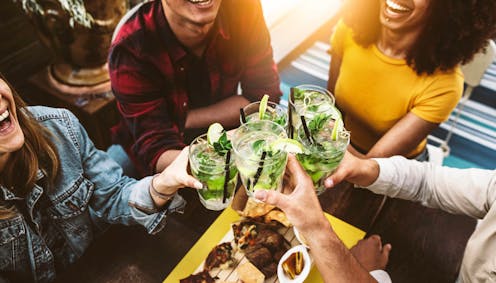
Dry July, an Australian fundraising campaign[1] to support people affected by cancer, is almost here again. The premise is that abstaining from booze and hangovers for a month frees up money to donate.
But with prices in the booming alcohol-free drinks category[2] often rivalling those of regular tipples[3], participants this year might find they have less spare cash than they anticipate.
Traditional alcohol producers, who have expanded into the US$11 billion[4] non-alcoholic drinks industry, have helped make the high prices charged seem acceptable to consumers by using a marketing tactic called price-anchoring.
Lured into paying more
When we encounter a new product, we latch onto whatever seems relevant in the immediate environment to estimate its value. Sellers often exploit this by staging information at purchase points. The classic is a price tag with $99 struck out and $79 written in. Whether it’s accurate or not, the $99 reference point shapes our perception of value and price.
This so-called “price anchoring[5]”, is just one example of the broader anchoring cognitive bias[6] described by psychologists Amos Tversky and Daniel Kahneman.
The essence of anchoring is that we tend to rely too heavily on an initial piece of information (the “anchor”) when making decisions. This can lead to skewed judgements and poor decisions[7] in everything from deciding whether to have surgery to buying real estate.
Read more: Australia's system of taxing alcohol is 'incoherent', but our research suggests a single tax rate isn't the answer[8]
Anchoring has been used to reinvent and elevate the virgin drinks category by exploiting the fact we are used to paying high prices for alcohol in bottles, cans or glasses of a certain size, shape and sophistication. When alcohol-free versions with similar labels appear beside them on the shelf, website or menu, we tacitly accept they should command roughly the same prices.
It’s not just that the next bottle along provides a suggestive price. Our brains, steeped in marketing, know that alcohol prices can range far upwards from “normal”, making them not just comparison points but the proverbial $99 scratched out. So even if we spend a lot on non-alcoholic wine, we feel like we have scored compared with what we might have dropped on a bottle of Grange.
Where we are most susceptible
The effect is strongest in bottle shops and bars, where the glitz of alcohol marketing, social pressure and the sheer number of expensive items overwhelms our rational thinking. But it also works on websites of the national liquor outlets where special zero-alcohol categories have been established beside the traditional beer, wine and spirits listings.
It doesn’t take much browsing to confirm that prices are similar. Currently, on one of the big retailers’ websites, a case of 330ml bottles of Heineken Lager (5% alcohol) is $55, Heineken 3 (3.3% alcohol) is $50, and Heineken Zero (less than 0.5% alcohol) is $49. Among the non-alcoholic spirits, 700ml of Lyre’s Dry London Spirit - “crafted to capture the essence of a classic gin[9]” - is $51 at another outlet while the same size bottle of 37% alcohol Gordon’s London Dry Gin is $45. Gordon’s own non-alcoholic offering - Gordon’s 0.0 Alcohol Free - is listed at $38.
Price anchoring in the alcohol-free market comes with an extra twist of lemon.
Brands will encourage you to think their investment in developing “healthier options” using “high-quality ingredients” means high prices are fair enough[10], and that a non-alcoholic drink made with arcane “botanicals” and “adaptogens[11]” in a nice bottle is worth a splurge.
But look at what makes up the price. All processed drinks incur a Goods and Services Tax (GST). And drinks that contain alcohol are hit with a heavy additional excise. The exact percentage[13] is difficult to calculate[14], but the alcohol-related tax on a bottle of full-strength beer can exceed 30%.
Industry players don’t pay that tax on non-alcoholic drinks. So, in a sense, they are pocketing a hefty bonus that well-anchored customers forget is not being passed on to the government. Ouch.
Supermarkets and nurturing the next generation
Seemingly at odds with price anchoring is the appearance of non-alcoholic versions of some famous brands in supermarkets.
An incentive for names like Heineken, Coopers and Gordon’s to be in supermarkets is visibility in a family-friendly environment. Their brand becomes recognisable to customers who are underage now, but will soon be ready to buy alcohol for their 18th birthday bash.
It’s a risky strategy, however, and can attract adverse publicity[15]. In fact, to protect their reputations, several supermarket chains in New Zealand require customers to show ID[16] when purchasing non-alcoholic lookalike drinks.
Is there a way to overcome the illusion?
The Australian government’s Behavioural Economics Team (BETA) has an informative blog post on minimising the impact of price anchors[17]. But research suggests even experts are susceptible[18].
Besides awareness, you can reduce the effect[19] by curating your exposure to price information. If you need non-alcoholic drinks for home or an event, visit the supermarket before the bottle shop. The range may not be as big, the drinks may not be any cheaper, and you may need to go to the bottle shop anyway. But the experience will put the untaxed non-alcoholic products in a fairer context – the soft drink aisle. Comparing prices under those sober lights, you might suddenly feel like picking up a bottle of ginger ale instead.
Read more: We’re getting really good at making alcohol-free beer and wine. Here’s how it’s done[20]
In bars and clubs, you can try to flip the script. Ask for your soda water in a fancy glass with lots of ice and slices of lemon or lime. This anchors what’s in your hand to high-priced cocktails.
Of course, if you embrace the life of a true ascetic, H₂O is a zero-dollar option[21] that, as Nietzsche said[22] always suffices. In Dry July, you might even join the hype and call it non-alcoholic vodka.
References
- ^ Australian fundraising campaign (www.dryjuly.com)
- ^ booming alcohol-free drinks category (intheblack.cpaaustralia.com.au)
- ^ rivalling those of regular tipples (www.news.com.au)
- ^ US$11 billion (www.theiwsr.com)
- ^ price anchoring (www.talon.one)
- ^ anchoring cognitive bias (www.science.org)
- ^ poor decisions (helpfulprofessor.com)
- ^ Australia's system of taxing alcohol is 'incoherent', but our research suggests a single tax rate isn't the answer (theconversation.com)
- ^ crafted to capture the essence of a classic gin (lyres.com.au)
- ^ high prices are fair enough (www.craftzero.com.au)
- ^ adaptogens (www.entrepreneur.com)
- ^ www.shutterstock.com (www.shutterstock.com)
- ^ exact percentage (www.ato.gov.au)
- ^ difficult to calculate (theconversation.com)
- ^ adverse publicity (www.menzies.edu.au)
- ^ require customers to show ID (www.1news.co.nz)
- ^ blog post on minimising the impact of price anchors (behaviouraleconomics.pmc.gov.au)
- ^ experts are susceptible (onlinelibrary.wiley.com)
- ^ reduce the effect (hbr.org)
- ^ We’re getting really good at making alcohol-free beer and wine. Here’s how it’s done (theconversation.com)
- ^ zero-dollar option (earth911.com)
- ^ as Nietzsche said (www.goodreads.com)
Authors: Cameron Shackell, Visiting Fellow, Queensland University of Technology






